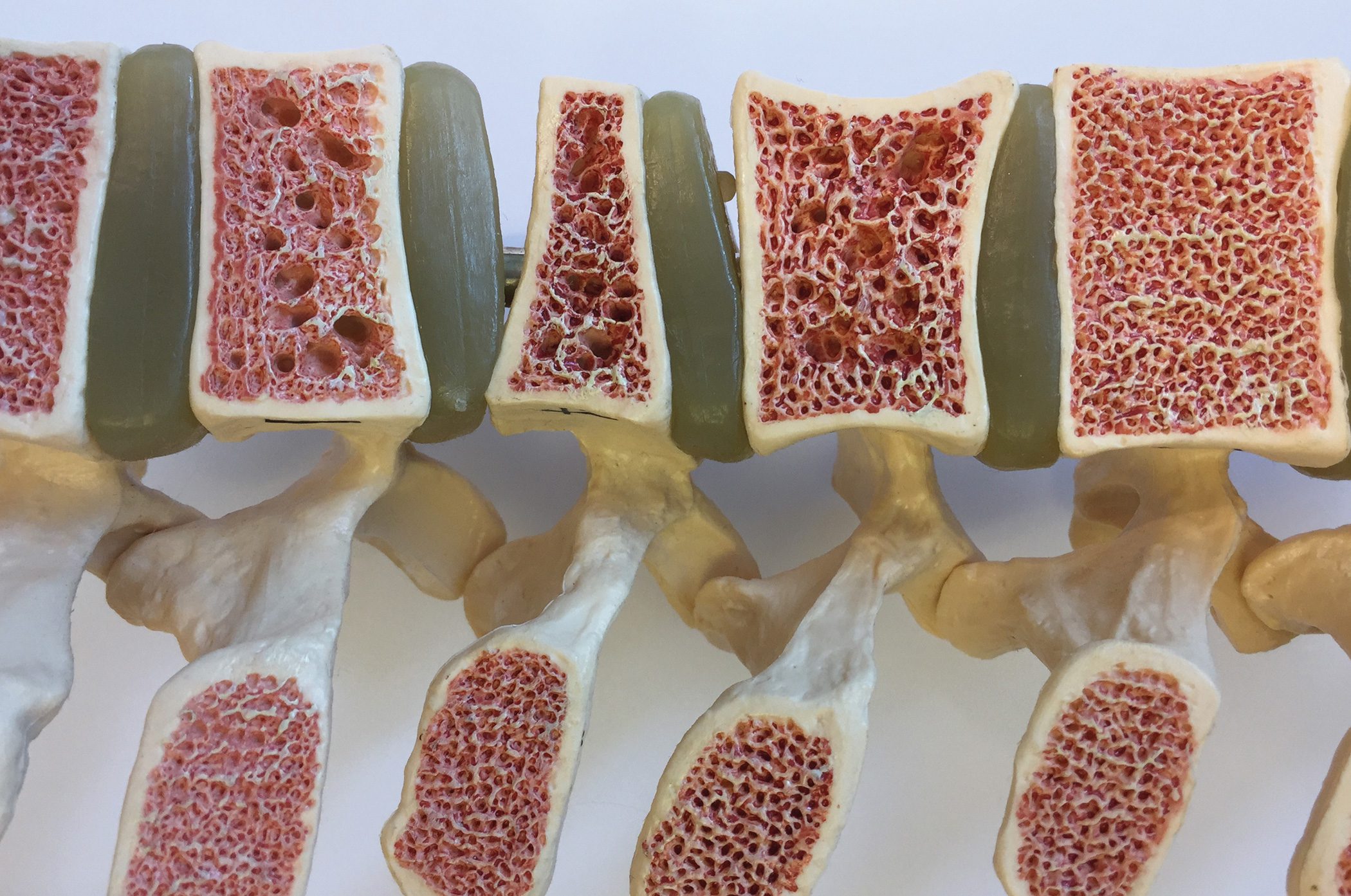Uniform financing of benefits (EFAS) is intended to promote coordinated care and at the same time make benefits more affordable for premium payers. What will change for insured persons, insurers, cantons and long-term care.
Outpatient services are currently financed exclusively by the health insurers, while inpatient services are covered jointly by the insurers and the cantons: The cantons – and therefore the taxpayers – bear 55% of the costs, while the insurers – and therefore the insured persons – bear the remaining 45%. Both insurers and patients make limited contributions to the costs of care services in nursing homes and at home. The amount of these contributions is determined by the Federal Council. The cantons are responsible for the remaining funding. With uniform financing, these three financing systems will be replaced by a single one. All health insurance benefits are financed by the cantons and insurers according to the same distribution formula: 26.9% of the net costs (i.e. after deduction of the deductible and the insured person’s excess) by the cantons and 73.1% by the insurers. In this way, funding no longer depends on the type of benefit. Patients will only continue to pay a limited contribution towards the costs of care services, which will continue to be determined by the Federal Council.
The main aim of this reform is to improve the quality of care. At the same time, healthcare services are to become more affordable for premium payers and various disincentives are to be removed. Uniform funding is therefore intended to accelerate the shift from inpatient to outpatient care. In addition, EFAS puts an end to cost shifting at the expense of premium payers.
Changes at a glance
Over the last ten years, the percentage increase in costs borne by insurers – and therefore the rise in premiums – has been significantly higher than the increase in costs borne by the cantons. This is due to the fact that the cantons do not contribute to the rapidly rising costs of outpatient services (with the exception of nursing care), but only to the less rapidly rising costs of inpatient services. Uniform financing puts an end to this cost shift at the expense of premium payers. For most service providers, however, little will change. Nevertheless, the uniform financing also brings with it certain changes: in future, insurers will have more incentives to promote the provision of outpatient services and coordination. The outpatient hospital sector, coordinated care networks and GPs could benefit from this.
Source: www.bag.admin.ch/bag/de/home/versicherungen/krankenversicherung/krankenversicherung-revisionsprojekte/parlamentarische-initiative-finanzierung-der-gesundheitsleistungen-aus-einer-hand-einfuehrung-des-monismus/efas-fragen-und-antworten.html (last accessed on 18.05.2024).
InFo NEUROLOGY & PSYCHIATRY 2024; 22(3): 40 (published on 31.5.24, ahead of print)












